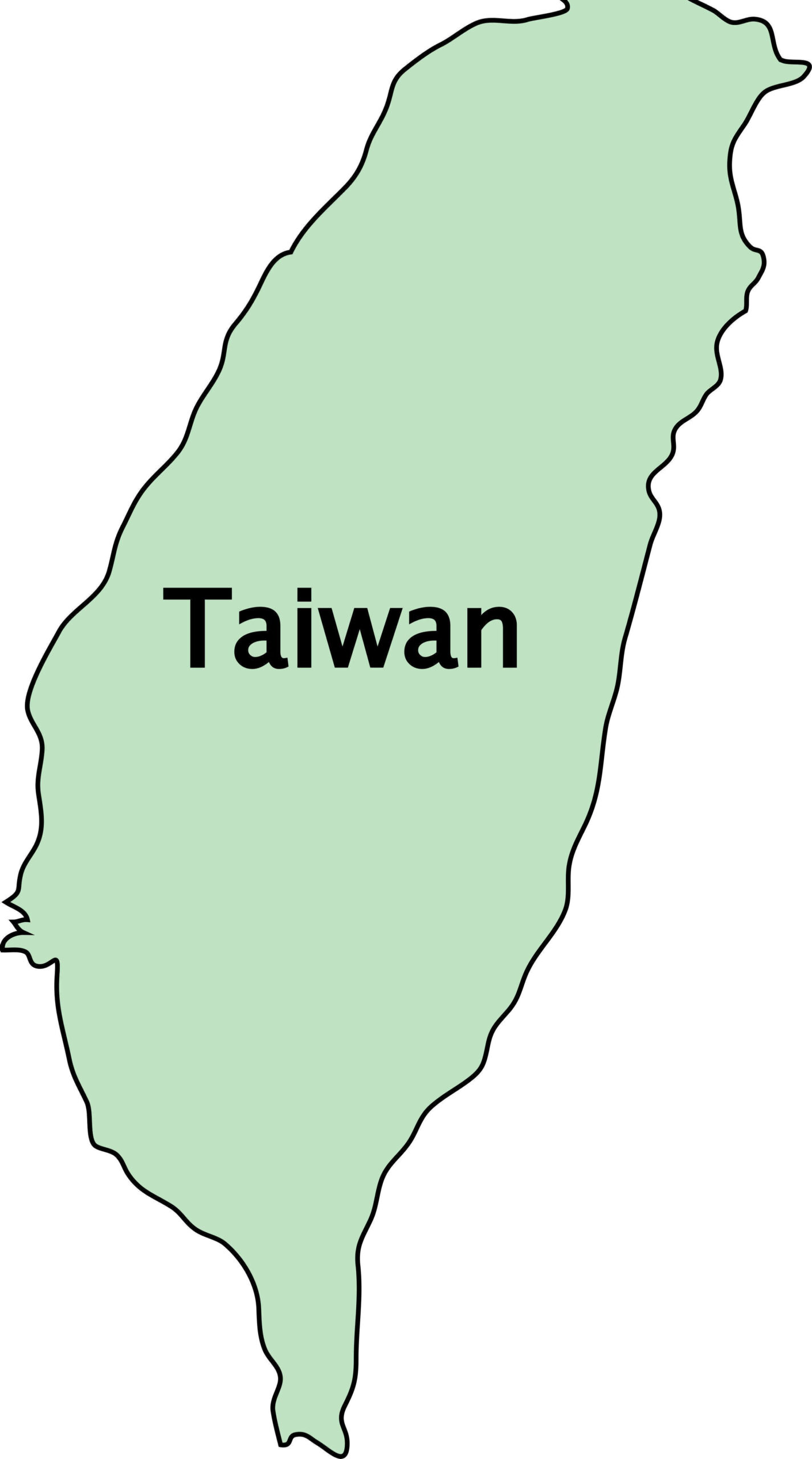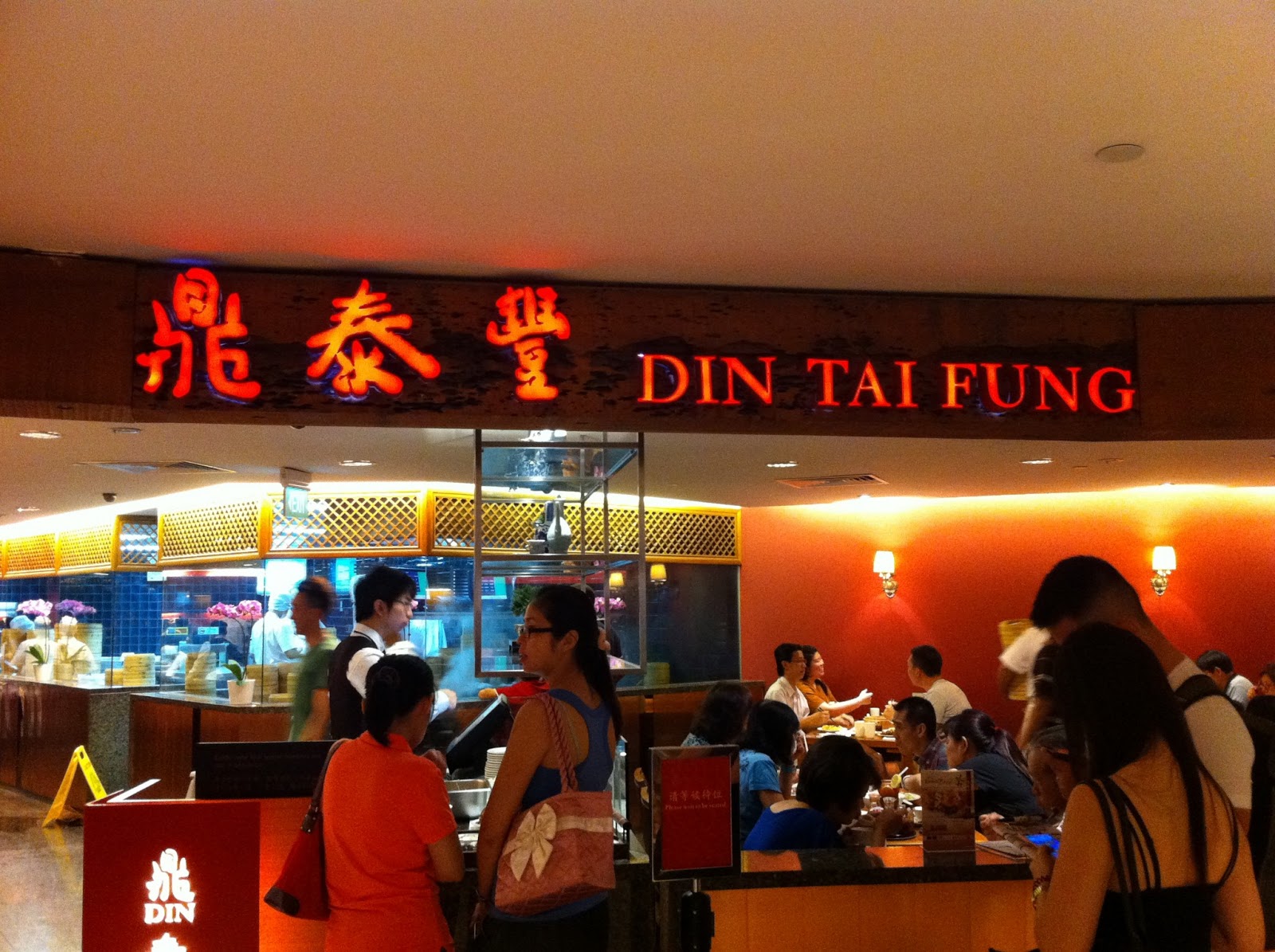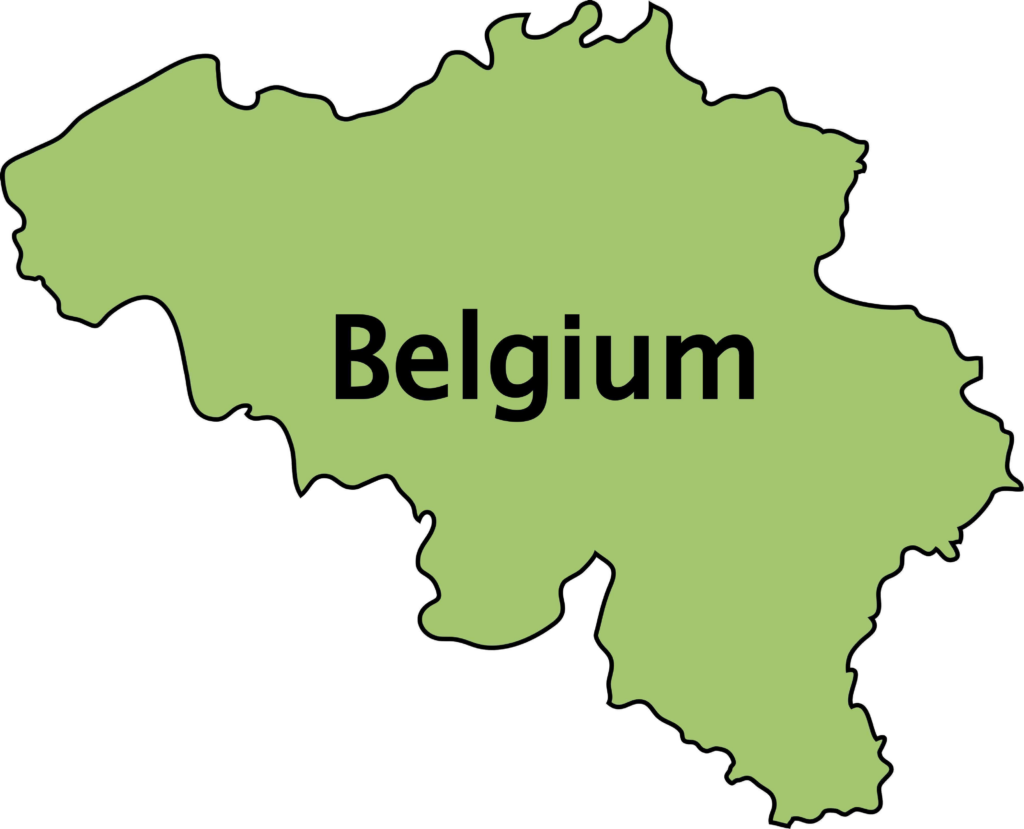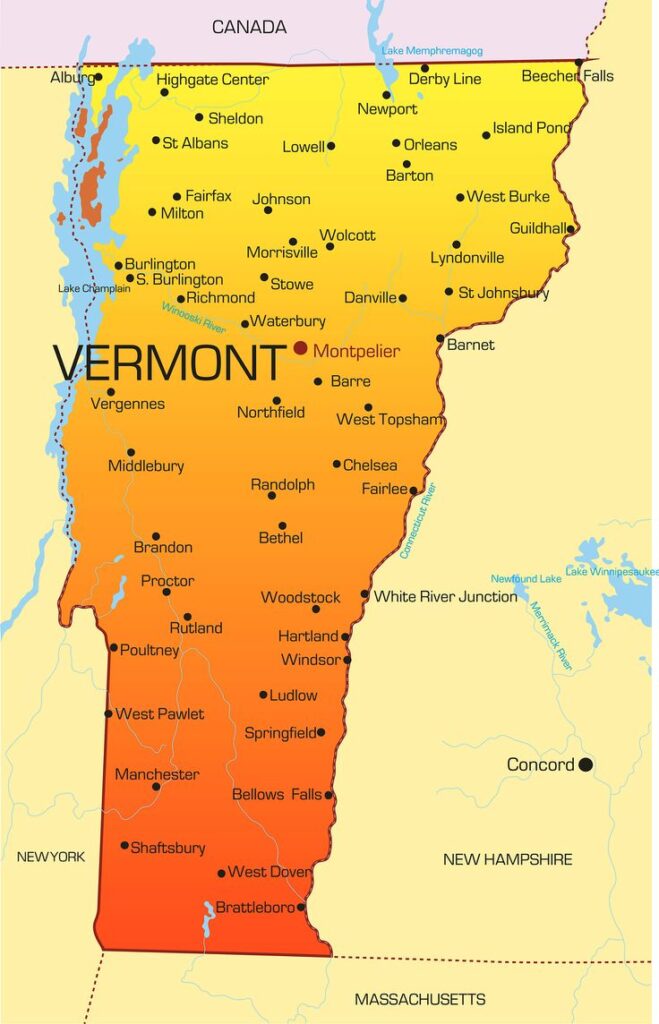Introduction to Taiwan
Geographic Overview
Taiwan is situated in the western Pacific Ocean, approximately 160 kilometers (100 miles) off the southeastern coast of mainland China. The island is characterized by rugged mountains, lush forests, and a subtropical climate, making it a haven for biodiversity and outdoor enthusiasts.
Fun Fact
Taiwan is often referred to as Ilha Formosa, which means “Beautiful Island” in Portuguese, a name given by Portuguese explorers in the 16th century.
Historical Context
Taiwan’s history is marked by waves of migration, colonial rule, and cultural exchange. Indigenous peoples inhabited the island for thousands of years before it was colonized by various powers, including the Dutch, Spanish, and Qing Dynasty of China. Modern Taiwan emerged following the Chinese Civil War in 1949 when the ROC government relocated to the island from mainland China.
Taiwan Maps
Political Map
Taiwan’s political map illustrates its administrative divisions, including municipalities, counties, and special municipalities.
- Administrative Divisions: Taiwan is divided into 22 administrative regions, including 13 counties, 6 special municipalities, and 3 provincial cities.
- Special Municipalities: Taipei City, New Taipei City, Taoyuan City, Taichung City, Tainan City, and Kaohsiung City are designated as special municipalities with greater administrative autonomy.
Physical Map
A physical map highlights Taiwan’s diverse topography, featuring mountain ranges, coastal plains, and volcanic landscapes.
- Central Mountain Range: Stretches from north to south, with peaks exceeding 3,000 meters (9,800 feet) in elevation.
- Western Plains: Fertile lowlands where the majority of Taiwan’s population resides and agricultural activities thrive.
- Eastern Coastline: Scenic cliffs, sandy beaches, and the dramatic Taroko Gorge, a popular natural attraction.
Climate Map
Taiwan experiences a subtropical climate influenced by monsoons and ocean currents.
- Northern Taiwan: Mild winters and hot, humid summers with moderate rainfall.
- Southern Taiwan: Warmer temperatures year-round and occasional typhoons during the wet season.
- Eastern Taiwan: More rainfall due to orographic effects, contributing to lush vegetation and diverse ecosystems.
Geographic Features
Taroko Gorge
Taroko Gorge is a breathtaking natural wonder located in eastern Taiwan, known for its marble cliffs, winding river, and hiking trails.
- Eternal Spring Shrine: A memorial pagoda dedicated to workers who lost their lives during the construction of the Central Cross-Island Highway.
- Swallow Grotto: Cliffside walkways offering panoramic views of the gorge and glimpses of local wildlife.
Sun Moon Lake
Sun Moon Lake is Taiwan’s largest lake and a scenic area nestled in the mountains of Nantou County.
- Xuanzang Temple: A historic Buddhist temple overlooking the lake, named after the famous Chinese monk Xuanzang.
- Ci’en Pagoda: A pagoda offering panoramic views of the lake and surrounding mountains.
Alishan National Scenic Area
Alishan is a mountainous region famous for its sunrise views, ancient cypress trees, and indigenous culture.
- Alishan Forest Railway: A historic narrow-gauge railway traversing scenic landscapes and offering access to hiking trails.
- Sacred Tree: A notable ancient cypress tree believed to be over 3,000 years old, revered by local indigenous communities.
Political Divisions
Special Municipalities
Taiwan’s special municipalities are key administrative units with significant economic and cultural influence.
- Taipei City: The capital and largest city, known for its modern skyscrapers, historic temples, and vibrant night markets.
- New Taipei City: Surrounds Taipei City and encompasses diverse suburban and rural areas, including historic towns and coastal attractions.
Counties and Provincial Cities
Taiwan’s counties and provincial cities play crucial roles in regional governance and development.
- Taoyuan City: Known for its international airport and burgeoning tech industry.
- Taichung City: Central Taiwan’s cultural and economic hub, famous for its parks, museums, and night markets.
- Tainan City: Taiwan’s oldest city, with a rich history dating back to the 17th century Dutch colonial period.
- Kaohsiung City: Southern Taiwan’s largest port city, renowned for its maritime industries, cultural festivals, and scenic attractions.
Major Cities
Taipei
Taipei is Taiwan’s dynamic capital city, renowned for its culinary scene, cultural landmarks, and technological innovations.
- Taipei 101: A landmark skyscraper with an observation deck offering panoramic views of the city and beyond.
- National Palace Museum: Home to a vast collection of Chinese art and artifacts, including ancient bronzes and jadeite carvings.
Taichung
Taichung is central Taiwan’s cultural capital, known for its vibrant arts scene, green spaces, and culinary delights.
- Rainbow Village: A colorful art project by a local veteran, transforming an old village into a popular tourist attraction.
- Feng Chia Night Market: One of Taiwan’s largest night markets, offering a variety of street food, shopping, and entertainment.
Tainan
Tainan is Taiwan’s historical heart, renowned for its temples, traditional architecture, and culinary heritage.
- Anping Old Fort: A historic fortification overlooking the sea, offering insights into Taiwan’s colonial past.
- Chihkan Tower: A cultural complex featuring historical exhibitions and ancient ruins from various dynasties.
Kaohsiung
Kaohsiung is Taiwan’s maritime gateway, known for its port industry, cultural festivals, and scenic waterfront.
- Lotus Pond: A picturesque lake adorned with temples, pagodas, and the iconic Dragon and Tiger Pagodas.
- Pier-2 Art Center: A creative hub showcasing contemporary art installations, exhibitions, and cultural events.
Natural Wonders
Yushan National Park
Yushan National Park is home to Taiwan’s highest peak, Yushan (Jade Mountain), and diverse ecosystems.
- Yushan Main Peak: A popular trekking destination offering panoramic views of Taiwan’s rugged landscape.
- Qilai Mountain: Known for its alpine meadows, crystal-clear lakes, and endemic flora and fauna.
Kenting National Park
Kenting National Park is Taiwan’s oldest and southernmost national park, renowned for its tropical beaches and coral reefs.
- Eluanbi Lighthouse: A historic lighthouse offering views of the Bashi Channel and surrounding coastline.
- Longpan Park: A coastal area known for its grassy plains and panoramic vistas of the Pacific Ocean.
Cultural Highlights
Taiwanese Cuisine
Taiwanese cuisine is celebrated for its diverse flavors and influences, blending indigenous, Chinese, and Japanese culinary traditions.
- Night Markets: Vibrant street markets offering a variety of local delicacies such as stinky tofu, bubble tea, and beef noodle soup.
- Din Tai Fung: A world-renowned restaurant chain originating in Taiwan, famous for its dumplings and Michelin-starred dining experience.
Festivals and Traditions
Taiwanese festivals reflect the island’s cultural diversity and religious heritage, with celebrations throughout the year.
- Lantern Festival: An annual event marking the end of Chinese New Year, featuring elaborate lantern displays and cultural performances.
- Dragon Boat Festival: A traditional holiday celebrated with dragon boat races and zongzi (sticky rice dumplings).
Arts and Entertainment
Taiwanese arts encompass a wide range of expressions, from traditional opera and puppetry to modern cinema and pop music.
- Golden Horse Awards: Taiwan’s equivalent of the Oscars, honoring achievements in Chinese-language cinema.
- Mandopop: Taiwan is a hub for Mandarin-language pop music, producing influential artists and bands across Asia.
Indigenous Culture
Taiwan’s indigenous peoples have preserved their traditions and languages, contributing to the island’s cultural diversity.
- Atayal Tribe: Known for their weaving skills and vibrant festivals celebrating harvests and ancestral spirits.
- Paiwan Tribe: Renowned for their woodcarving craftsmanship and distinctive facial tattoos.
Commonly Asked Questions About Taiwan
What is the official language of Taiwan?
The official language of Taiwan is Mandarin Chinese, with other languages such as Taiwanese Hokkien, Hakka, and indigenous languages also spoken.
Is Taiwan part of China?
Taiwan considers itself the Republic of China (ROC), distinct from the People’s Republic of China (PRC). The political status of Taiwan is a complex issue with international implications.
What are some popular tourist attractions in Taiwan?
Popular tourist attractions include Taroko Gorge, Sun Moon Lake, Taipei 101, Kenting National Park, and Alishan.
What is the climate like in Taiwan?
Taiwan has a subtropical climate, characterized by hot, humid summers and mild winters, with significant rainfall during the typhoon season.
How is Taiwan governed?
Taiwan is a democratic republic with a president and a legislature elected by popular vote. The political system reflects its commitment to democracy and governance.
What is Taiwan known for?
Taiwan is known for its technology industry, semiconductor manufacturing, night markets, scenic landscapes, and vibrant cultural scene.
How do I travel to Taiwan?
Travel to Taiwan is facilitated through Taoyuan International Airport (TPE), the main gateway, with direct flights from major cities worldwide.
What is Taiwanese cuisine like?
Taiwanese cuisine features a variety of street food, seafood, noodles, and soups, influenced by Chinese, Japanese, and indigenous flavors.
Is Taiwan safe for tourists?
Taiwan is generally considered safe for tourists, with low crime rates and a welcoming attitude towards visitors from around the world.
What are the traditional arts and crafts of Taiwan?
Traditional arts and crafts include pottery, tea culture, batik dyeing, and puppetry, each reflecting Taiwan’s cultural heritage and craftsmanship.
Conclusion
Taiwan’s maps and facts reveal a dynamic island nation celebrated for its natural beauty, cultural richness, and technological prowess. Whether exploring its bustling cities, serene landscapes, or vibrant festivals, Taiwan offers a captivating journey through history, tradition, and innovation.
- The Blind Cave Tetra: The Freshwater Fish With No Eyes - August 3, 2024
- The 6 Darkest Secrets Of Ancient Egypt - August 2, 2024
- Bearcat - August 1, 2024





